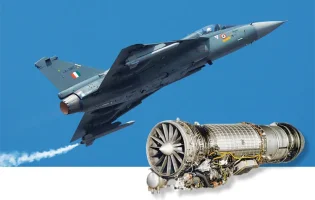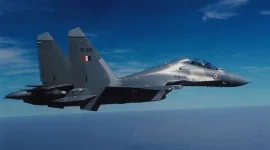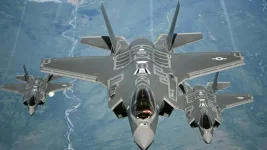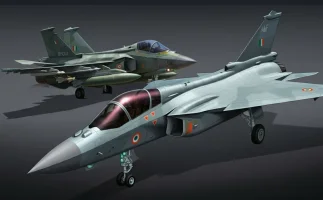- Views: 1K
- Replies: 3

The Indian Air Force (IAF) is taking decisive steps to counter the growing threat of swarm drones by initiating the acquisition of specialized "Kamikaze" drone systems.
These systems are designed to protect vital installations from attacks by enemy unmanned aerial vehicles (UAVs). The IAF has expressed an initial requirement for 20 such systems to bolster its defences against this emerging threat.
The term "Kamikaze" in this context refers to drones designed for one-way missions, where they intercept and neutralize enemy drone swarms by crashing into them.
This approach is a direct response to the unique challenges posed by swarm drone attacks, where multiple UAVs can approach from various directions, overwhelming traditional defence systems.
The Kamikaze anti-swarm system is expected to function as follows:
- Detection: The system will utilize advanced sensors and radar to detect incoming drone swarms.
- Tracking: Once detected, the system will track the swarm's trajectory and predict its path.
- Interception: The Kamikaze drones will be launched to intercept the incoming swarm.
- Neutralization: The Kamikaze drones will collide with the enemy drones, detonating their explosive payloads and neutralizing the threat.
As outlined in the RFI, swarm drones operate as a collective, controlled by a single operator. This coordinated operation enables complex attack patterns that can be directed at critical infrastructure, military bases, or troop concentrations.
The IAF's proactive approach to acquiring Kamikaze anti-drone systems demonstrates its commitment to staying ahead of the curve in modern warfare. By investing in these specialized systems, the IAF aims to ensure the protection of vital installations and maintain its operational effectiveness in the face of evolving threats.




